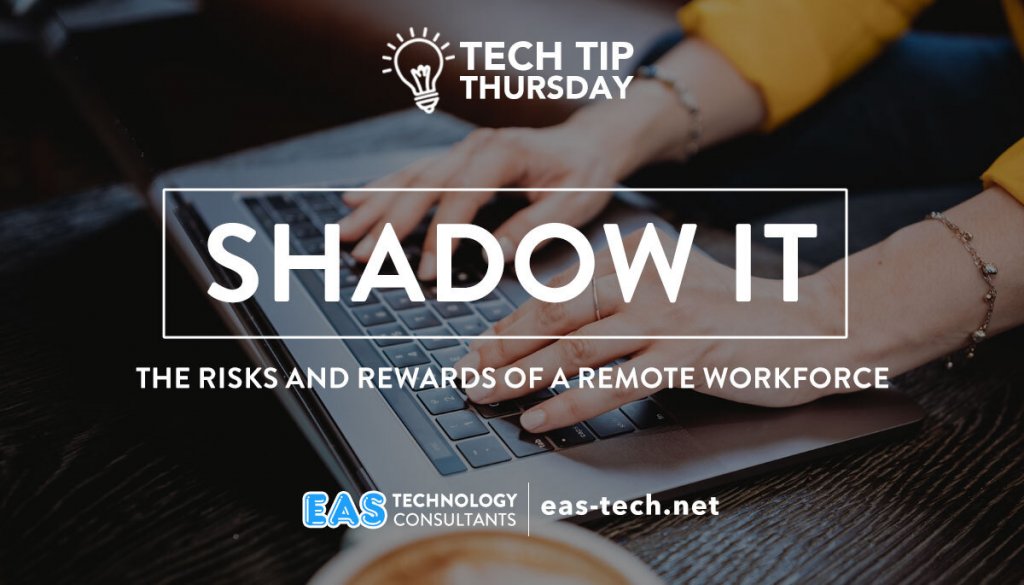
There’s no doubt that the rise of remote workforces has been a boon to both employees and employers alike. But with this newfound freedom comes new risks, especially when it comes to shadow IT. Many IT professionals are concerned that deploying a remote workforce will increase shadow IT in large organizations. With employees outside the watchful eye of management (and IT departments) they may be more likely to use unsanctioned apps for both personal and professional purposes. While this is certainly a valid concern, there are ways to mitigate these risks and reap the rewards of a remote workforce. In this blog post, we’ll explore some of those strategies.
What is Shadow IT?
Shadow IT refers to the use of unsanctioned apps and devices within an organization. This can include everything from personal laptops and smartphones to cloud-based productivity apps like Dropbox or Google Drive. In most cases, shadow IT is used for personal purposes. However, there are also instances where employees will use these tools for work-related tasks, without the knowledge or approval of their IT department.
Why is Shadow IT a Problem?
There are a few reasons why shadow IT can be problematic for organizations. First and foremost, it can create security risks. When employees use unsanctioned apps and devices, they may bypass important security measures put in place by the IT department. This can put the entire organization at risk, especially if sensitive data is involved.
Shadow IT can also lead to compliance issues. Certain industries are subject to strict regulations, such as the healthcare and financial sectors. If employees use unsanctioned apps and devices to store or share data, they may inadvertently violate these regulations. This could lead to hefty fines or even criminal charges for the organization.
Finally, shadow IT can create problems with data management. When employees use a variety of different apps and devices, it can be difficult for the IT department to keep track of all the data. This can lead to duplicate files and confusion over which version is the most up-to-date. In some cases, it may even be impossible to track down certain files if they’re stored on a personal device or an unsanctioned cloud-based app.
How to Mitigate the Risks of Shadow IT
There are a few strategies that organizations can use to mitigate the risks of shadow IT. First, they can provide employees with a list of approved apps and devices. This will help to ensure that employees are only using tools that have been vetted by the IT department.
Second, organizations can provide training on data security and compliance. This will help to ensure that employees are aware of the risks associated with shadow IT and the importance of following industry regulations.
Finally, organizations can invest in a cloud-based data management solution. This will allow the IT department to centrally manage all of the data stored on different apps and devices. It will also make it easier to track down specific files and ensure that everyone is working with the most up-to-date version.
The Hidden Costs of Shadow IT
While shadow IT can certainly create some risks for organizations, there are also hidden costs associated with this phenomenon. First and foremost, shadow IT can lead to a loss of productivity. When employees use unsanctioned apps and devices, they may not have access to important work-related files or information. This can lead to frustration and wasted time as they try to track down the files they need.
Second, shadow IT can lead to a lack of collaboration. When employees use different apps and devices, it can be difficult for them to share files and work on projects together. This can lead to duplication of effort and confusion over who is responsible for what tasks.
Finally, shadow IT can lead to a loss of data. When employees use unsanctioned apps and devices, they may not be backing up their files properly. This can lead to lost or corrupted data if something happens to the app or device.
Minimizing Shadow IT Requires Leadership to Take Responsibility
Ultimately, minimizing shadow IT in your organization is going to require leadership to take responsibility. They need to provide employees with the tools and resources they need to do their jobs effectively. They also need to set clear expectations around data security and compliance. And finally, they need to invest in a cloud-based data management solution. By taking these steps, organizations can minimize the risks associated with shadow IT and the hidden costs it can lead to.
Do you have experience with shadow IT in your organization? Share your thoughts in the comments below!
